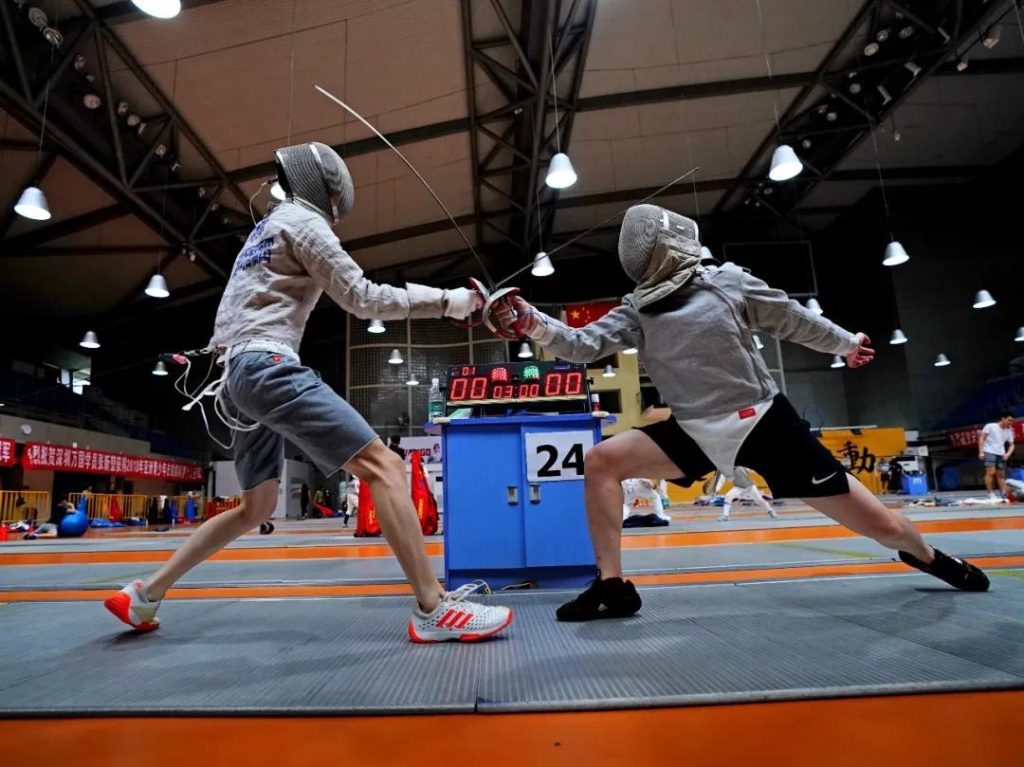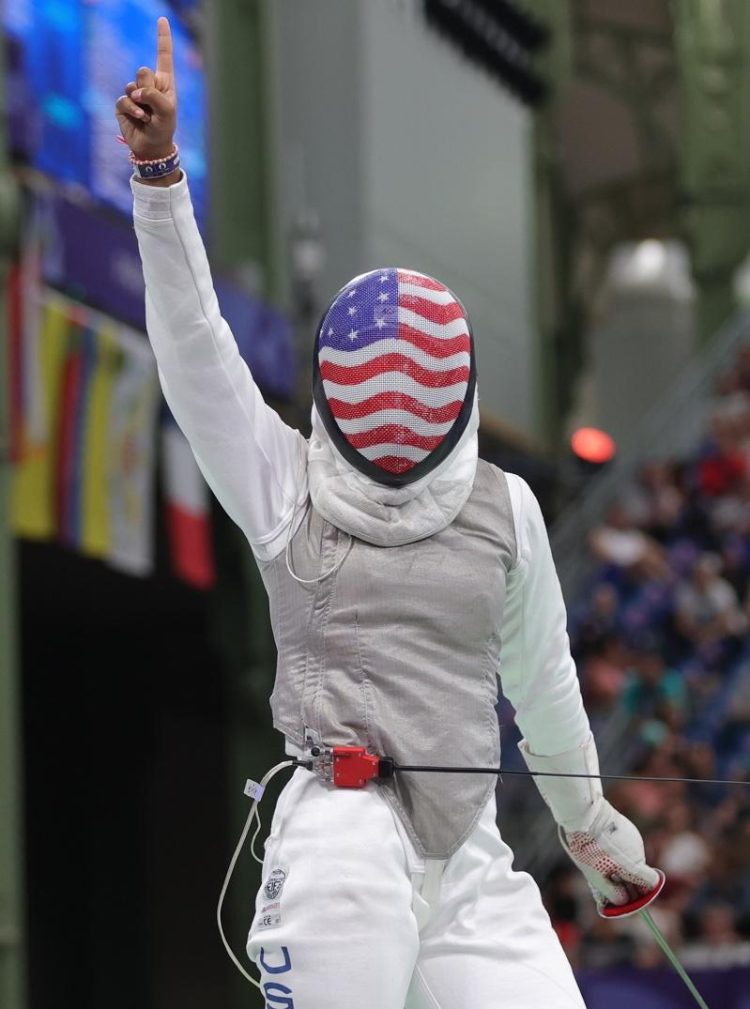Introduction: The State of Fencing Today
Fencing, with its rich history and deep-rooted tradition, has long been regarded as one of the most prestigious and skilled sports in the world. From its origins as a form of dueling to its modern-day Olympic status, fencing has a unique charm that blends grace with intensity. Yet, despite its long history, fencing has often been seen as a niche sport, enjoyed by a relatively small group of enthusiasts and not gaining the widespread attention enjoyed by sports such as football, basketball, or tennis.
In the last few decades, fencing has seen gradual growth, particularly in Europe, Asia, and some parts of the Americas. However, it has not yet reached the level of global prominence that could elevate it into a mainstream sport across continents. With the rise of professional sports leagues, global media exposure, and the increasing number of sports fans worldwide, the question arises: Does fencing need more international promotion to truly gain global attention?
This article explores the potential future of fencing, examining whether increasing its international presence, media visibility, and cross-cultural appeal could enable the sport to capture the interest of a wider, more diverse global audience. We will delve into fencing’s current global reach, its challenges in expanding beyond traditional strongholds, and the strategies that could help bring the sport to the world stage.
I. The Global Presence of Fencing: A Brief Overview
Fencing is a sport that thrives in a few key regions of the world, where it is deeply entrenched in the sporting culture. These regions include Europe, particularly France, Italy, Russia, and Hungary, where fencing has been practiced for centuries. Asia, especially China, South Korea, and Japan, has also developed strong fencing traditions, particularly in modern épée and sabre.
Despite its deep roots in these areas, the sport has not achieved the same level of mainstream visibility in countries outside of Europe and Asia. In North America, while fencing has a dedicated following, it is far less prominent than other sports like football, basketball, or baseball. Likewise, South America and Africa have yet to develop strong fencing cultures, with participation in these regions remaining relatively low.
A. Dominant Regions and Historical Powerhouses
Historically, countries like France and Italy have dominated the sport, consistently producing top-level athletes and winning medals at world championships and the Olympics. This concentration of talent in a few countries has resulted in fencing being largely viewed as an elite sport in these nations, one that is often associated with tradition and cultural prestige.
For example, France has been a consistent leader in fencing, with an impressive record at international competitions, including the Olympic Games and World Championships. Similarly, Italy boasts a strong tradition of success in fencing, with a particular emphasis on foil and sabre events. Other countries like Russia and Hungary also feature strong fencing programs and have produced some of the most well-known fencers in history.
However, this dominance in traditional regions has meant that fencing has remained somewhat insular and exclusive. While the sport is certainly recognized and respected, it has not managed to transcend cultural boundaries in the same way that other sports like soccer or basketball have.
B. The Lack of Widespread Popularity Outside Traditional Regions
In countries like the United States, Brazil, or India, where contact sports such as football, basketball, and cricket dominate the sporting landscape, fencing remains relatively obscure. While there are notable fencing clubs and programs, particularly at universities and in private schools, the sport is not ingrained in the cultural fabric of these countries. The absence of a strong grassroots movement or professional leagues means that fencing lacks the mass appeal that would draw in casual fans and create a larger fanbase.
This limited presence outside of established strongholds is one of the key challenges facing the future growth of fencing. To grow into a more globally recognized sport, fencing must overcome the barriers that have kept it from reaching wider audiences.
II. The Challenges Facing Fencing’s Global Expansion
Fencing’s growth into a more internationally recognized sport faces several hurdles, both practical and cultural. To foster global appeal, the sport must confront these challenges head-on:
A. Limited Media Exposure
One of the main reasons fencing has not garnered widespread attention is the limited media exposure. Unlike sports such as football or tennis, which receive extensive broadcast and digital media coverage, fencing has often been relegated to niche sports channels or specialized publications. The sport lacks the kind of high-profile global tournaments that could attract massive audiences. While the Olympic Games provide some visibility, the general public is often unaware of fencing competitions outside the Olympics.
Moreover, the sport is rarely featured in mainstream sports media. Unlike the world’s biggest sports, such as NBA basketball or FIFA football, fencing is not part of major broadcast schedules, and its global competitions are often only covered by specialized networks or within fencing communities. This lack of visibility contributes to fencing’s relatively low profile on the global stage.
B. High Barriers to Entry
Fencing is also viewed by many as an elite or expensive sport, with high costs associated with purchasing equipment, club memberships, and coaching fees. Unlike sports such as running or football, which require minimal equipment to play, fencing’s high entry cost can deter potential athletes from lower-income backgrounds or regions with limited resources. The specialized nature of fencing—requiring training in weaponry, technique, and specialized movements—further contributes to its inaccessibility for many people worldwide.
In addition, fencing requires significant training facilities and a highly trained coaching staff. In countries where fencing has yet to develop a strong following, this infrastructure is often missing, limiting the sport’s ability to foster new talent.
C. Perception of Fencing as an “Elite” Sport
In many regions, fencing is perceived as a sport for the privileged few, often associated with high society or academic institutions. This image can create a barrier to the sport’s broader acceptance in communities where more popular, accessible sports like basketball, football, or rugby are culturally ingrained. Changing this perception and making fencing more accessible to a broader audience is key to its global expansion.
D. Complexity of the Sport
Fencing, while exciting and skillful, can be difficult for new viewers to understand. The scoring system and rules, particularly in the absence of knowledge about the specific fencing terminology and weaponry, can confuse casual spectators. While there is beauty in the sport’s intricate movements, the technical nature of fencing may make it less immediately accessible to the general public compared to more straightforward team sports.

III. Strategies for Promoting Fencing Globally
To increase global participation and visibility, fencing needs to adopt strategies that can attract wider attention and foster deeper engagement among audiences. These strategies can include:
A. Expanding International Competitions and Tournaments
While there are international events like the World Fencing Championships and Grand Prix events, expanding these competitions to more regions can help to build global interest. Increasing the number of high-profile events in countries that currently have little presence in the sport can encourage local athletes to engage with the sport. Additionally, creating more exhibition events or international leagues could add excitement and make the sport more accessible to viewers around the world.
B. Enhancing Media and Broadcast Coverage
To raise the profile of fencing, increasing media exposure is critical. Fencing organizations should work with major broadcast networks and streaming platforms to air high-profile competitions. Leveraging social media platforms like YouTube, Instagram, and TikTok to highlight the sport’s thrilling moments, introduce athletes, and explain the rules in an engaging way could attract younger viewers who are not typically exposed to fencing.
C. Grassroots Development and Accessibility
To grow the sport internationally, it is crucial to foster grassroots development in regions outside of traditional strongholds. This could involve creating junior programs, youth competitions, and offering subsidized equipment to make fencing more accessible to younger audiences. Furthermore, increasing the availability of training facilities and developing coaching programs in underserved areas can help cultivate a new generation of fencers.
D. Collaboration with Other Popular Sports
Fencing could benefit from collaborations with other major sports, such as cross-promotional campaigns with soccer, tennis, or basketball. By partnering with widely followed sports, fencing could tap into a broader audience and leverage the popularity of established sports to introduce more people to its unique combination of skill and athleticism.
E. Rebranding and Simplifying the Sport
A rebranding effort to make fencing seem less elitist could help transform its image. Simplifying the rules and scoring system for casual viewers would also help spectators engage with the sport more easily. By showcasing the sport’s dynamic aspects—speed, agility, strategy, and precision—fencing can create a more exciting spectator experience that attracts a wider global audience.
IV. Conclusion: The Future of Fencing in the Global Sporting Landscape
Fencing, with its combination of technical mastery, graceful execution, and physical prowess, has immense potential to grow into a globally recognized sport. However, for it to achieve this, it must overcome several barriers, including limited media exposure, high entry costs, and its image as an elitist sport.By expanding its international reach, increasing media coverage, promoting accessibility, and evolving its public perception, fencing can establish itself as a more widely practiced and appreciated sport across the globe. The future of fencing hinges on a balanced approach that maintains its historic roots while embracing new opportunities for growth in an increasingly globalized and interconnected sporting world. With the right strategies, fencing can certainly carve out its place on the world stage alongside other major sports.


































Discussion about this post